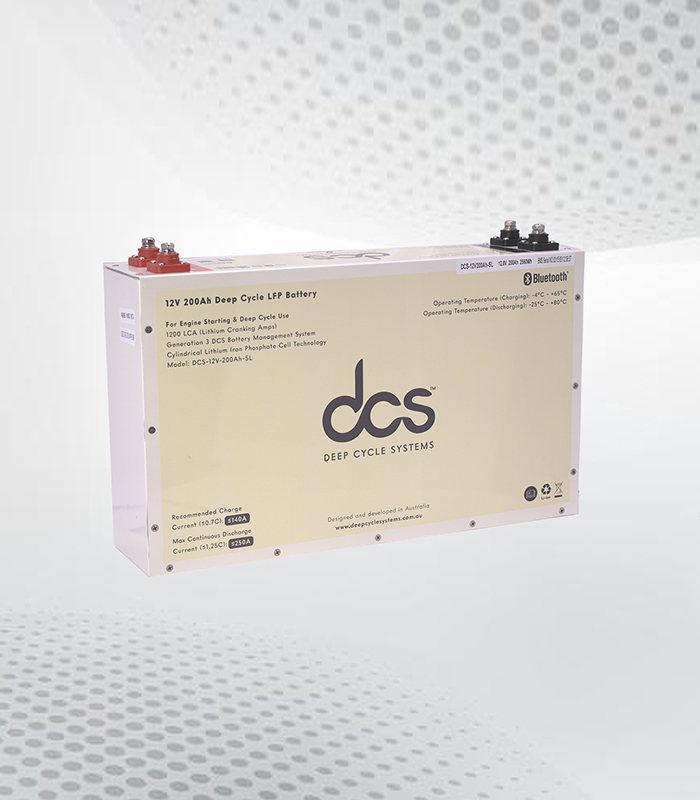When it comes to synthetic wigs, heat-resistant fibers have become a game-changer, offering a range of benefits that can significantly improve their usability and durability. For example, the 13×4 lace front human hair wigs are among those that utilize these advanced materials to provide a more versatile and user-friendly experience. Understanding the advantages of heat-resistant fibers can help you make informed choices when selecting a wig that best suits your needs.
What Are Heat-Resistant Fibers?
Heat-resistant fibers are specially designed materials used in synthetic wigs that can withstand higher temperatures compared to traditional synthetic fibers. These fibers allow the wig to retain its shape and style even when exposed to heat, making them a popular choice for those who enjoy versatile styling options.
1. High-Quality Material
- Durability: Heat-resistant fibers are made from high-quality materials that are engineered to endure heat without losing their shape or texture.
- Consistency: These fibers maintain their appearance and performance over time, providing a consistent look with minimal maintenance.
2. Versatility in Styling
- Heat Tools: Unlike regular synthetic fibers, heat-resistant fibers can handle the use of styling tools such as curling irons, straighteners, and blow dryers up to a certain temperature. This versatility allows you to create a variety of looks and styles.
- Flexibility: You can change your hairstyle more frequently and experiment with different looks, giving you greater flexibility in how you wear your wig.
Benefits of Heat-Resistant Fibers
Using heat-resistant fibers in synthetic wigs offers several practical advantages. Here’s how these benefits can enhance your experience with a synthetic wig:
1. Greater Styling Options
- Curling and Straightening: With heat-resistant fibers, you can use curling irons or straighteners to achieve your desired hairstyle. This capability allows you to switch between different styles effortlessly.
- Long-Lasting Styles: The fibers hold heat-styled shapes well, so your curls or straightened locks will remain in place for longer periods compared to non-heat-resistant alternatives.
2. Increased Longevity
- Heat Durability: Heat-resistant fibers withstand exposure to styling tools without significant damage. This resistance helps prolong the lifespan of the wig by preventing heat-related wear and tear.
- Reduced Frizz: These fibers are less likely to become frizzy or lose their smooth appearance after heat styling, contributing to a polished and well-maintained look.
3. Enhanced Convenience
- Easy Styling: The ability to use heat tools makes styling your wig more convenient. You can achieve salon-quality results at home without the need for frequent adjustments or professional help.
- Time-Saving: Heat-resistant fibers reduce the amount of time needed for styling, as they hold their shape well and require less maintenance to maintain your desired look.
How to Care for Heat-Resistant Fibers
Proper care is essential to ensure that heat-resistant fibers maintain their quality and performance. Follow these guidelines to keep your wig in excellent condition:
1. Use Appropriate Heat Settings
- Recommended Temperatures: Always check the manufacturer’s guidelines for the maximum temperature your wig can handle. Avoid exceeding these temperatures to prevent damage.
- Gradual Heating: Start with lower heat settings and gradually increase the temperature if necessary. This approach helps protect the fibers from sudden heat exposure.
2. Avoid Excessive Heat
- Limit Usage: Minimize the use of heat tools to reduce wear and tear on the fibers. Overuse can lead to deterioration, even with heat-resistant materials.
- Cool Down Periods: Allow the wig to cool down between styling sessions to avoid overheating the fibers.
3. Regular Maintenance
- Gentle Washing: Wash the wig with a mild, sulfate-free shampoo to remove any product buildup or residue. Avoid hot water, which can affect the fibers’ performance.
- Conditioning: Use a conditioner designed for synthetic wigs to keep the fibers soft and manageable. This step helps maintain the wig’s appearance and feel.
Choosing the Right Wig with Heat-Resistant Fibers
When selecting a wig, consider these factors to ensure you get the best results from heat-resistant fibers:
1. Quality of Fibers
- Material Check: Ensure that the wig is made from high-quality heat-resistant fibers. This information is usually provided by the manufacturer or retailer.
- Manufacturer’s Reputation: Purchase from reputable brands known for their quality synthetic wigs. This can help guarantee that you are getting a product that meets your expectations.
2. Styling Needs
- Desired Styles: Think about the types of styles you want to create with your wig. Heat-resistant fibers will offer more flexibility for achieving various looks.
- Daily Use: Consider how often you plan to use heat tools. Frequent styling may require a wig with robust heat-resistant properties to withstand regular use.
Conclusion
Heat-resistant fibers offer numerous advantages for synthetic wigs, including versatile styling options, increased durability, and enhanced convenience. By understanding these benefits and properly caring for your wig, you can enjoy a high-quality product that allows you to experiment with different looks while maintaining a polished appearance. Whether you’re a seasoned wig wearer or new to synthetic options, choosing a wig with heat-resistant fibers can significantly improve your overall experience and satisfaction.


